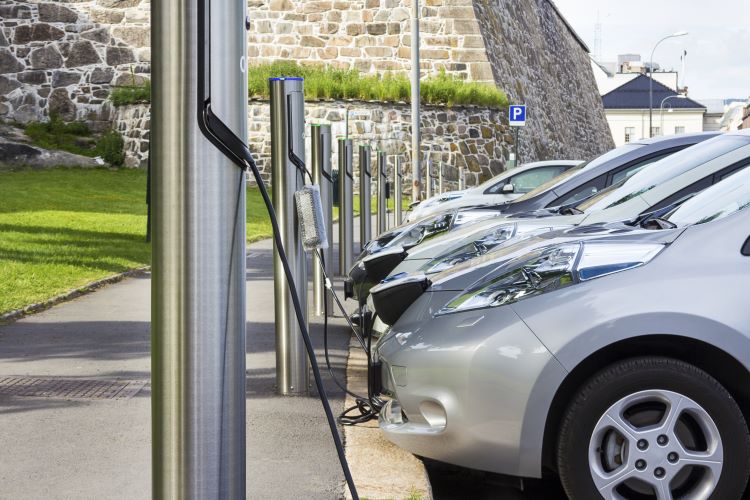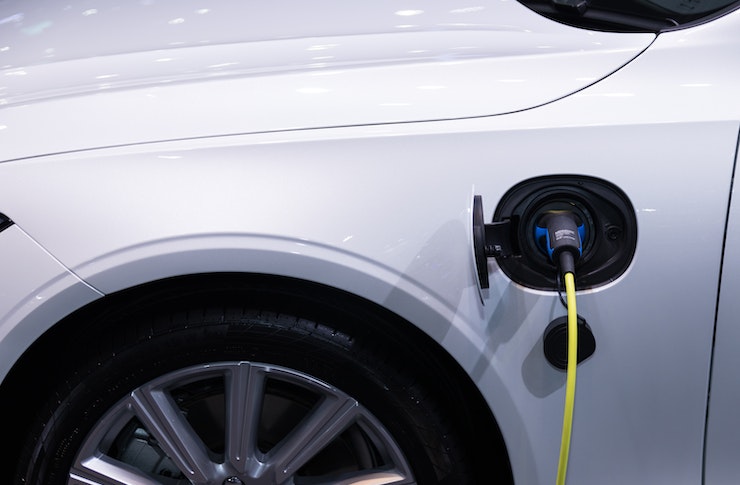Fuel Cells: The Future of Sustainable Automotive Power
Cars have been a part of our lives for more than a century now, transporting us to far-off places and transforming societies. They've evolved over time, adopting new technologies and adapting to changing needs. Our narrative today brings us to a thrilling and impactful innovation in the world of autos: the Fuel Cell. A perfect blend of science and engineering, fuel cells are heralding a new era of sustainable automotive power.

Fuel Cells: A Historical Perspective
The concept of fuel cells isn’t new. It dates back to 1838 when Sir William Robert Grove, a Welsh scientist, invented a “gas voltaic battery” that produced electricity by combining hydrogen and oxygen. However, it was only in the 1960s that this technology found its practical application. NASA employed fuel cells to provide power and water to Gemini and Apollo spacecraft. Despite its successful application in space missions, fuel cell technology remained obscure in the automotive sector until recently, due to challenges in cost, durability, and infrastructure.
The Science Behind Fuel Cells
Unlike conventional combustion engines, fuel cells generate electricity through a chemical reaction between hydrogen and oxygen, without combustion. A fuel cell consists of two electrodes—an anode and a cathode—separated by an electrolyte. Hydrogen passes through the anode, where it splits into electrons and protons. The protons pass through the electrolyte, while the electrons create a separate current that can be utilized before they return to the cathode, to be recombined with the protons and oxygen to produce water.
Current Trends and Applications
Today, fuel cell technology is making a comeback in the automotive industry, especially with the pressing need for sustainable transportation. Several leading car manufacturers like Toyota, Honda, and Hyundai have released fuel cell vehicles (FCVs) that emit nothing but water vapor. These vehicles offer the same benefits as electric cars—zero emissions and high efficiency—but with the added advantage of quick refueling and longer range.
Impact, Benefits, and Challenges
Fuel cells present a viable solution to our environmental and energy concerns. They produce zero harmful emissions and have a higher efficiency than traditional combustion engines. Hydrogen, the primary fuel, can be obtained from various renewable sources, making it a sustainable choice.
However, there are challenges. Hydrogen storage and infrastructure are significant hurdles. Also, the cost of fuel cells is currently high, but it’s expected to come down with advancements in technology and mass production.
In conclusion, fuel cells have the potential to revolutionize the automotive industry by offering a sustainable and efficient alternative to conventional propulsive technologies. As we continue to strive for a cleaner and greener future, fuel cells stand as a promising beacon of hope.




